By John W. Whitman
Japan had serious difficulties deploying her manpower, and a few examples illustrate some of the worst events. Tatusta Maru was a sleek, 13-year-old, 21-knot passenger liner of 16,955 tons. When she departed Japan in February 1943 with reinforcements for Truk, a submarine torpedoed her. She took down all hands, 1,481 passengers and crew, in cold, gale-driven seas.
Heavy losses occurred even in port. On February 17, 1944, Aikoku Maru was anchored at Truk. Aboard were personnel of the 1st Amphibious Brigade. Four bombs and a torpedo ripped the ship in a great blast that killed 730 passengers and 12 crewmen. Nearby, bombs hit Akagi Maru and set off fuel tanks, ignited her magazine, and killed 1,300 men.
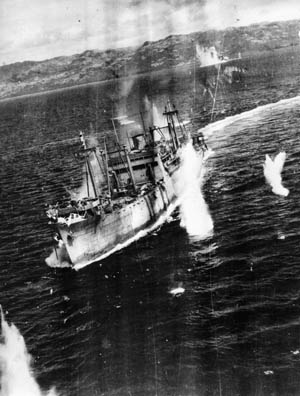
Some convoys were lucky. In early June, a convoy of five marus carried half the 43rd Division to Saipan without loss, but a second convoy with 7,000 men of the division lost five of its seven ships. The cargo ship Katsukawa Maru sank and dumped 2,800 infantrymen into the sea. The freighter Tamahime Maru and the transport Takaoka Maru were torpedoed and sunk. Takaoka Maru lost 144 men, while another 3,366 went into the water. The cargo ship Harve Maru also went down, and 1,120 soldiers were thrown into the sea. The cargo ship Kashimasan Maru was carrying ammunition and aviation gas. A submarine torpedoed her, and she took down 43 merchant crewmen. Despite getting wet, 80 percent of the men on the lost transport ships lived to reach Saipan, but all their equipment was gone. The 118th Infantry Regiment lost about 850 men and all its equipment, a blow that destroyed it as a combat- effective unit.
On June 29, 1944, the 7,386-ton Toyama Maru was hauling 4,000 men and thousands of drums of gasoline to Okinawa. A torpedo touched off the gasoline, and drums surged out of the sinking ship, exploding in the fires that already covered the sea and engulfing men floating in life jackets. The sinking took a gruesome toll: 3,627 men killed.
Convoys sailing to the Philippines were hard hit. On July 31, 1944, submarines attacked a convoy sailing at eight knots and carrying elements of the 26th Division. Fuso Maru, with 4,500 troops aboard, took 1,376 men down with her. Manko Maru lost 295 men. Yoshino Maru, carrying 5,012 soldiers, sank and 2,482 men died. Tanker Koei Maru had 1,050 men aboard when she sank. A battalion of the 2nd Tank Division heading for Manila went down. Final results were five ships lost totaling 39,063 tons, and a sixth wrecked beyond further use. Loss of life was heavy.
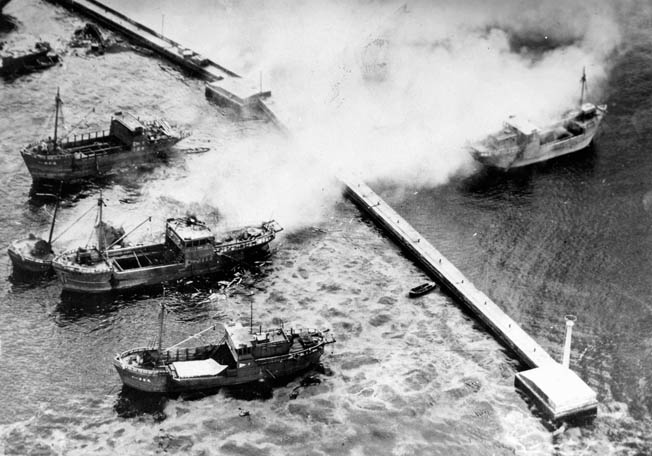
In August, Convoy HI-71 sailing to the Philippines lost the big attack transport Tamatsu Maru. She sank so fast that she dragged 4,541 soldiers and merchantmen to their deaths. The huge, 17,537-ton transport Teia Maru, once an armed French merchant cruiser, took 2,665 men to the bottom when she sank. Over 8,378 soldiers and sailors died in this single convoy. In November, a submarine sank the 11,000-ton transport Akitsu Maru. She went down in three minutes, and 2,150 men, mostly from the 23rd Division, died. Two days later, torpedoes hit the attack transport Mayasan Maru sailing in the same convoy as Akitsu Maru. A total of 4,500 men of the division were packed aboard. The ship sank in two and a half minutes, and 3,432 soldiers and crewmen died. Torpedoes sank the escort carrier Shinyo, killing 700 sailors.
Japan suffered numerous other convoy losses, all of which contributed to the more than 83,000 men lost at sea in 1944.
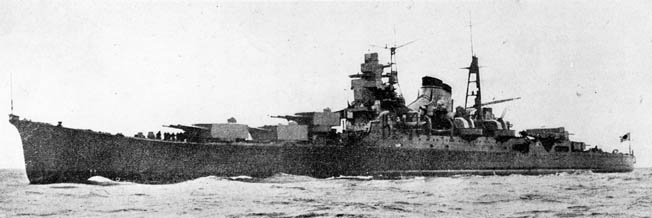
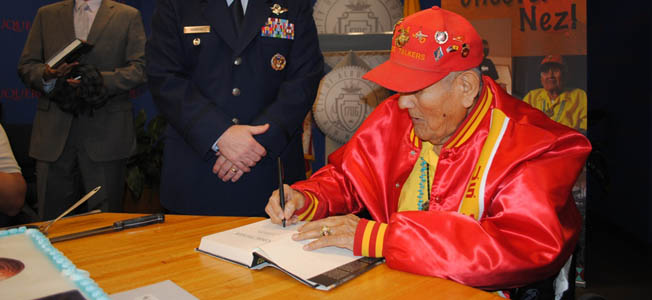
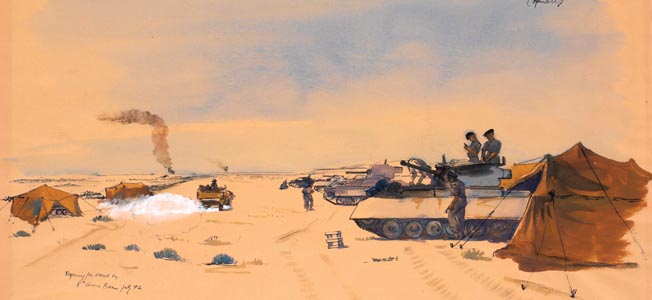
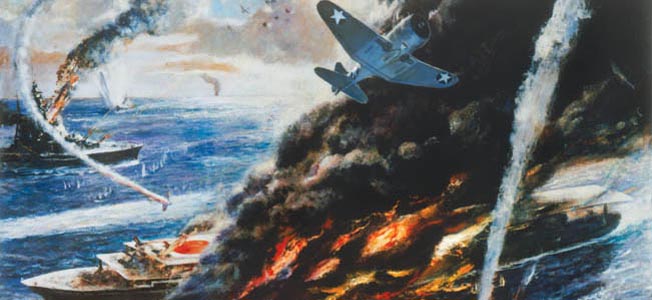
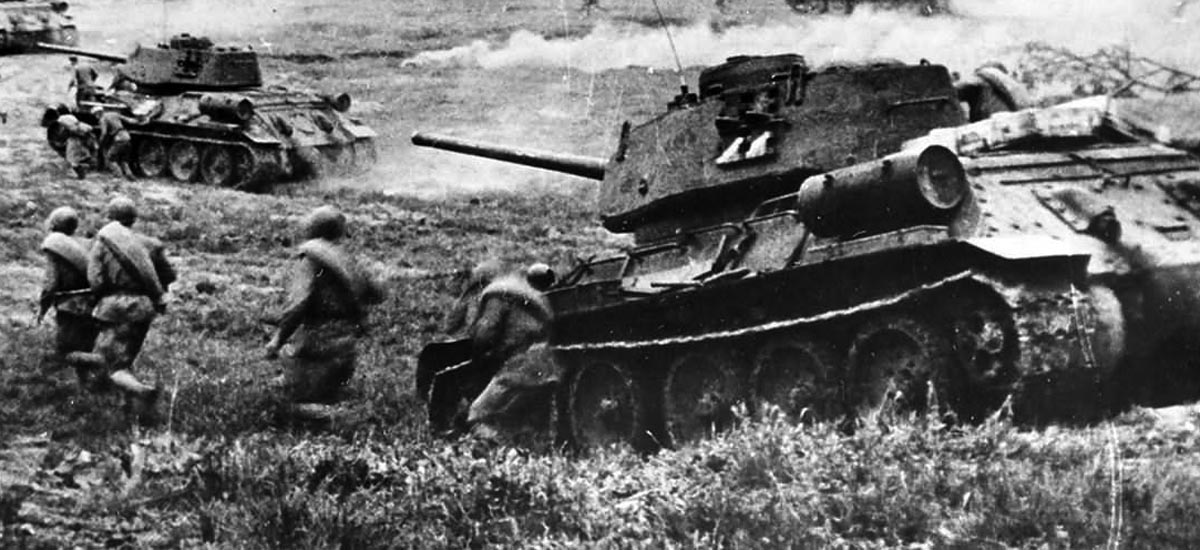
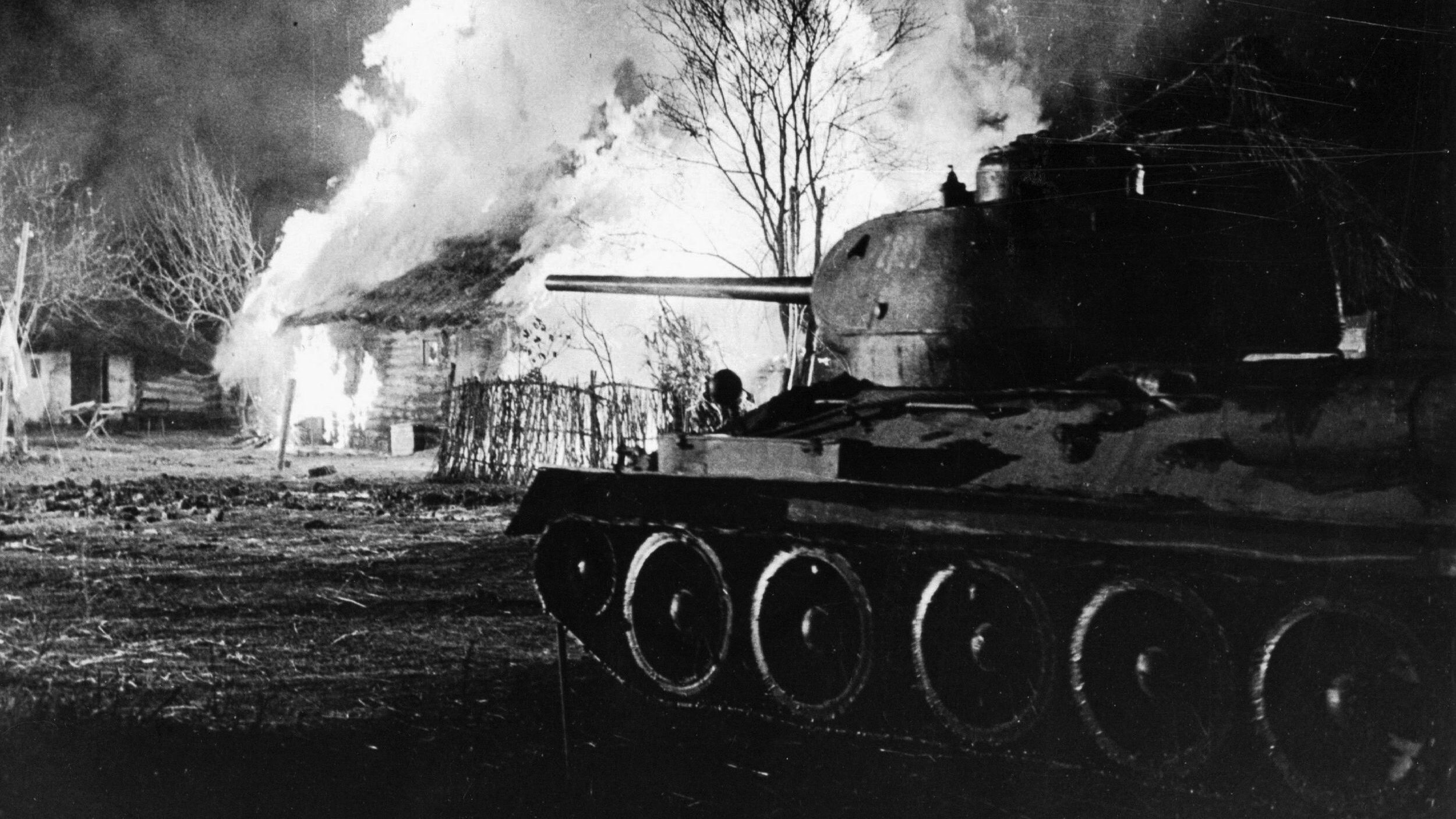
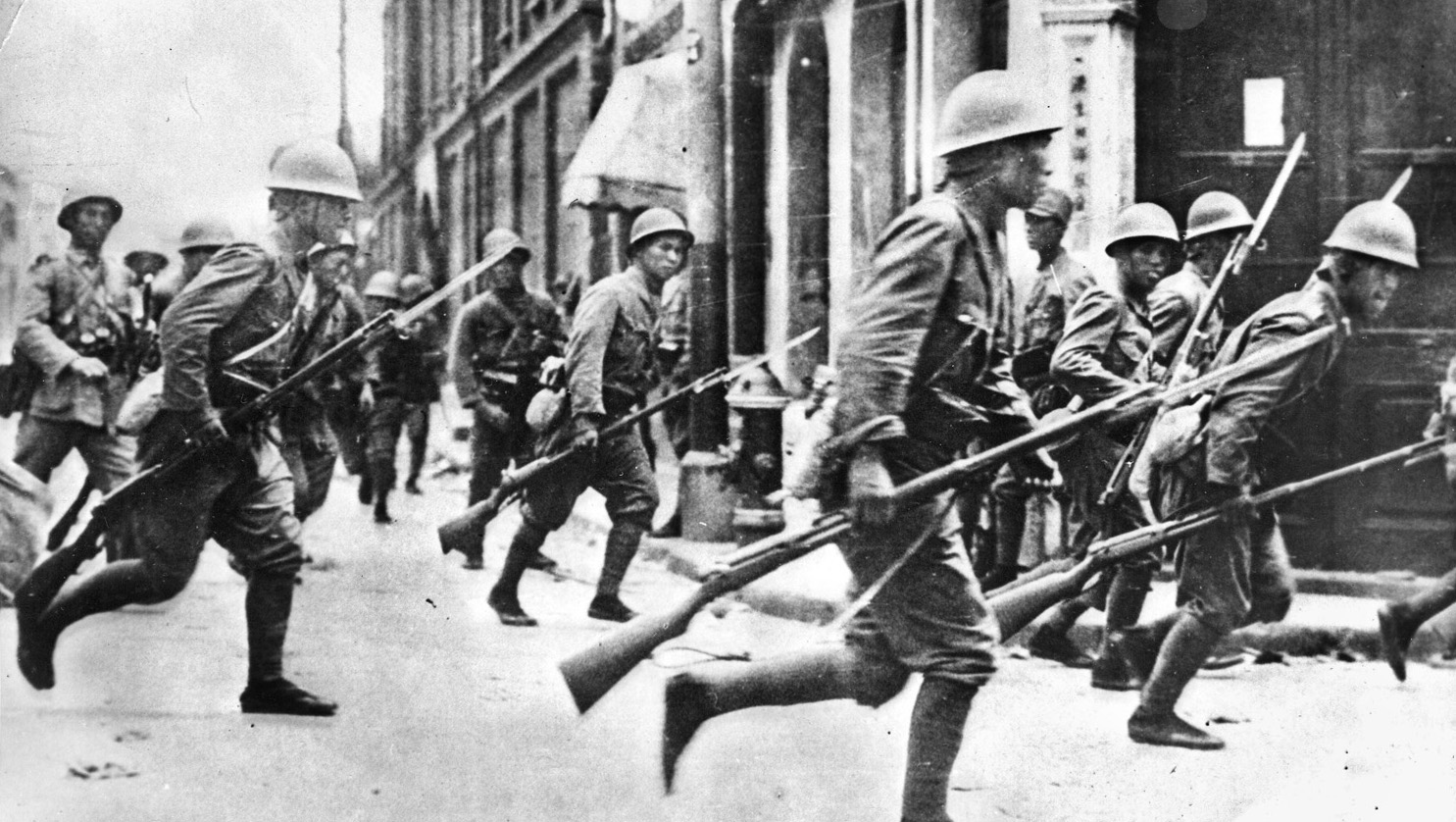
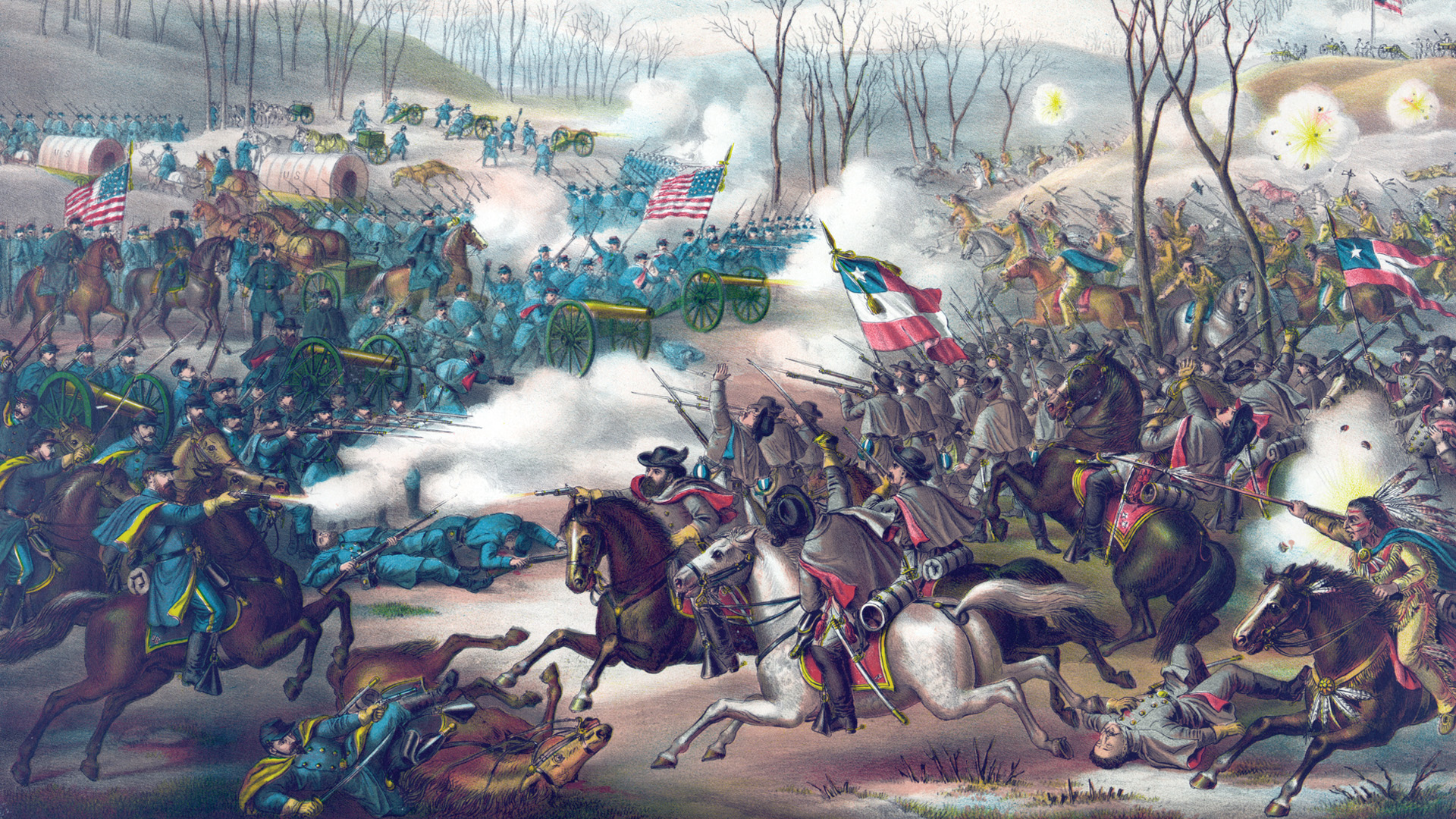
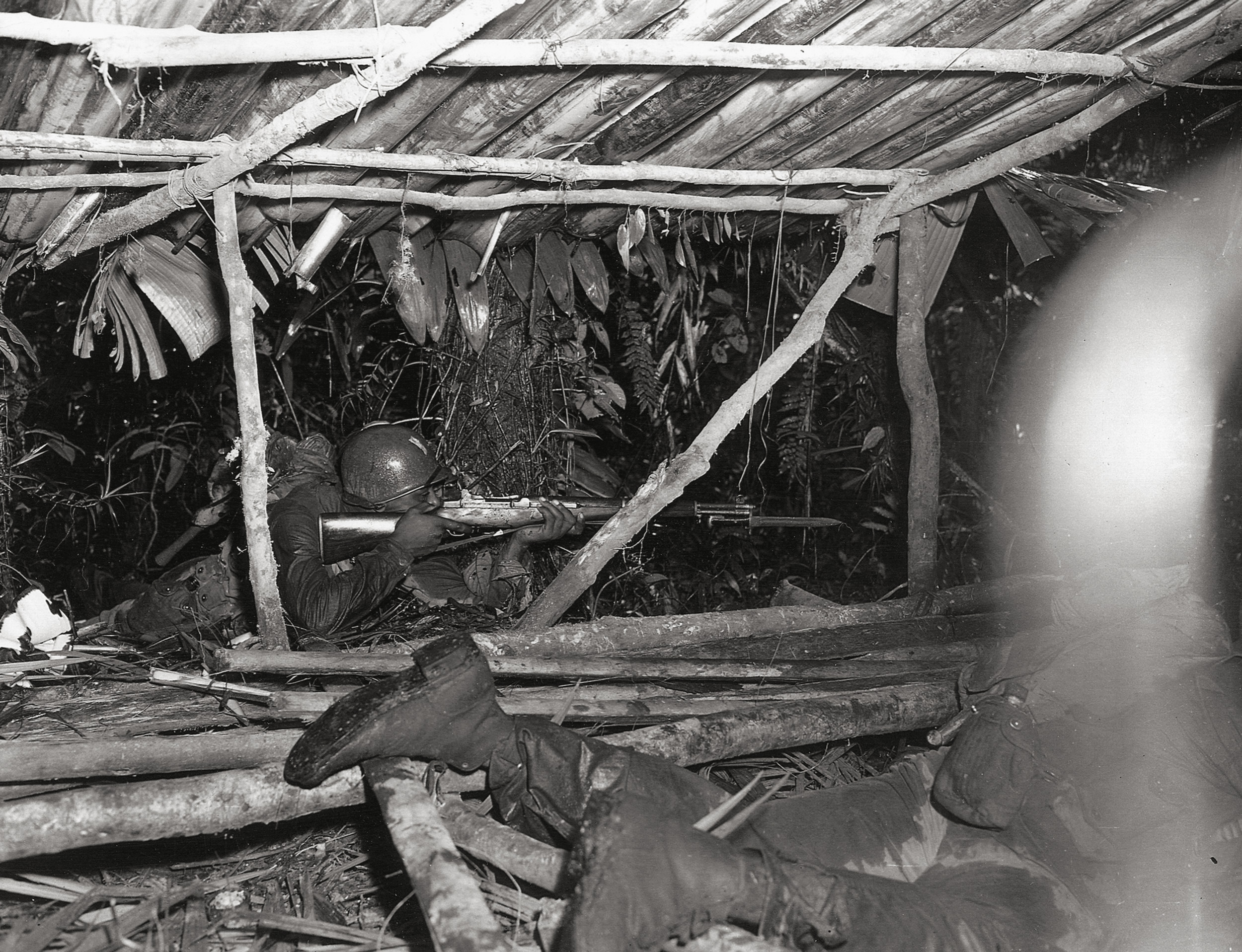
Only 83,000? What a shame……should have been 83 million